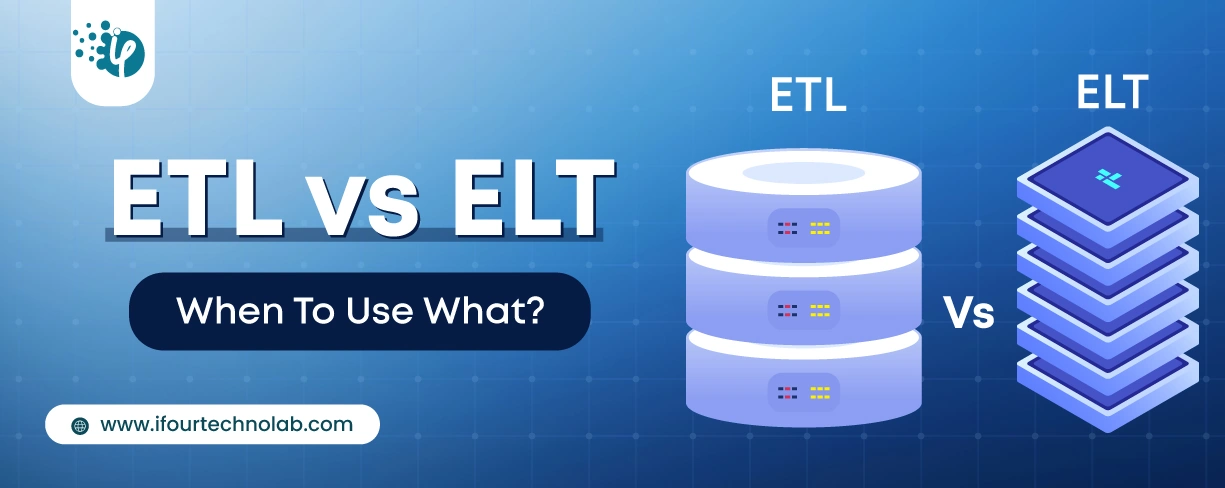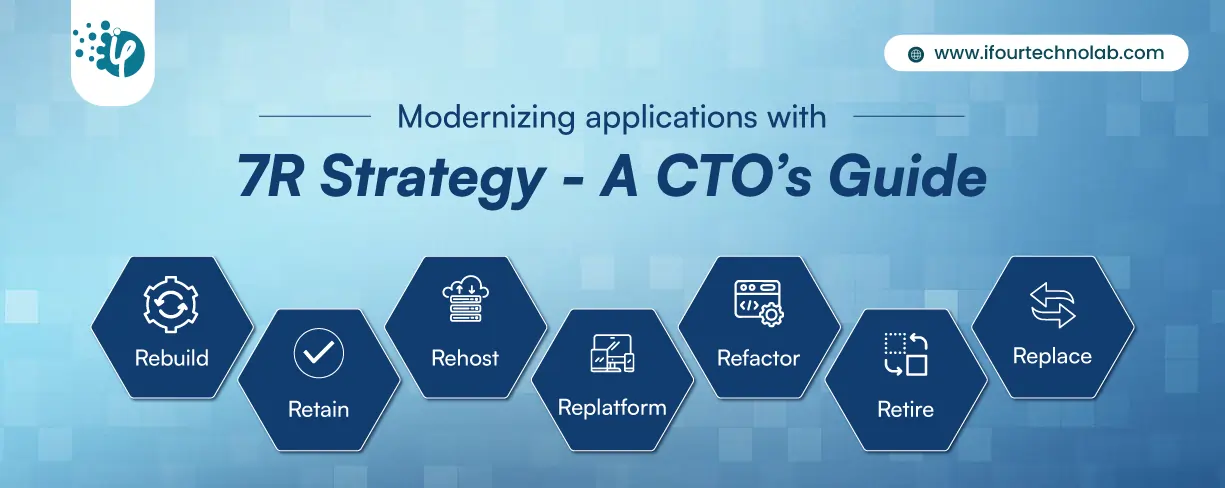How to Do Forecasting in Power BI (Steps & Accuracy Metrics)
Remember our last guide - Power BI forecasting? It revealed things that truly blocks accuracy, both structural and situational. Now it's time to take the next step. Knowing Power...
Listening is fun too.
Straighten your back and cherish with coffee - PLAY !

ASP.NET Core is a popular structure. Its key advantages include features such as cross-platform execution, high performance, built-in dependency injection and modular HTTP request pipeline.
The ASP.NET Core provides support for many authentication providers to secure applications through numerous authentication workflows. However, in many scenarios, we have to provide a web application/site that is based on an unauthenticated API with anonymous access.
For example, we have a list of products in the database and we want to display these products on a web page. We can write an API to provide a list of products and the front end (web site) can receive this list through the API and display it on our public products web page.
Without applying a level of security, such architectures can be an open security vulnerability to exploitation.
ASP.NET Provides solutions for common vulnerabilities including core
As developers, we should also protect our applications from other common attack vectors including
The two steps we can take careof to verify the referrer header and rate-limiting, discussed below in detail.
We can limit customers to a certain number of requests over a specified period of time to prevent malicious bot attacks.We havecreated IP based requestlimitactionfilter in the ASP.NET Core. Keep in mind that multiple clients can sit behind a single IP address so you can meet this within your limits, or combine the IP address with other request data to make requests more unique.
To try the filter, you just need to add an ActionAttribute at the top of the controller action.
[HttpGet()]
[ValidateReferrer]
[RequestLimit("Test-Action", NoOfRequest = 3, Seconds = 10)]
publicasync TaskGetAsync(CancellationTokenct)
{
// code here
}
Here is the implementation of the filter:
namespace Security.Api.Filters
{
using System;
using System.Net;
using Microsoft.AspNetCore.Mvc;
using Microsoft.AspNetCore.Mvc.Filters;
using Microsoft.Extensions.Caching.Memory;
[AttributeUsage(AttributeTargets.Method)]
public class RequestAttribute :ActionFilterAttribute
{
public RequestAttribute(string name)
{
Name = name;
}
public string Name
{
get;
}
public intNoOfRequest
{
get;
set;
} = 1;
public int Seconds
{
get;
set;
} = 1;
private static MemoryCachememoryCache
{
get;
} = new MemoryCache(new MemoryCacheOptions());
public override void OnActionExecuting(ActionExecutingContext context)
{
varipAddress = context.HttpContext.Request.HttpContext.Connection.RemoteIpAddress;
varmemoryCacheKey = $ "{Name}-{ipAddress}";
memoryCache.TryGetValue(memoryCacheKey, out intprevReqCount);
if (prevReqCount>= NoOfRequest)
{
context.Result = new ContentResult
{
Content = $ "Request is exceeded. Try again in seconds.",
};
context.HttpContext.Response.StatusCode = (int)HttpStatusCode.TooManyRequests;
}
else
{
varcacheEntryOptions = new MemoryCacheEntryOptions().SetAbsoluteExpiration(TimeSpan.FromSeconds(Seconds));
memoryCache.Set(memoryCacheKey, (prevReqCount + 1), cacheEntryOptions);
}
}
}
}
To protect the API from abuse and to provide additional protection against Cross-Site Request Forgery (CSRF) attacks, security checks are performed on the request referrer header for each REST API request sent to the server.
This API validates where the request comes from. We have created a Referrer Check Action Filter in ASP.NET Core. It prevents access to tools like POSTMEN, REST client, etc.
You just need to do is add an ActionAttribute to the top of the controller Action.
[HttpGet()] [ValidateReferrer] publicasync TaskGetAsync(CancellationTokenct) { // your code here }
Here is the implementation of the filter
namespace Security.Api.Filters
{
using Microsoft.AspNetCore.Http;
using Microsoft.AspNetCore.Mvc;
using Microsoft.AspNetCore.Mvc.Filters;
using Microsoft.Extensions.Configuration;
using System;
using System.Linq;
using System.Net;
[AttributeUsage(AttributeTargets.Method)]
public sealed class ValidateAttribute :ActionFilterAttribute
{
private IConfiguration _configuration;
public ValidateAttribute() { }
public override void OnActionExecuting(ActionExecutingContext context)
{
_configuration = (IConfiguration)context.HttpContext.RequestServices.GetService(typeof(IConfiguration));
base.OnActionExecuting(context);
if (!IsValidRequest(context.HttpContext.Request))
{
context.Result = new ContentResult
{
Content = $ "Invalid header"
};
context.HttpContext.Response.StatusCode = (int)HttpStatusCode.ExpectationFailed;
}
}
private bool IsValidRequest(HttpRequest request)
{
string referrerURL = "";
if (request.Headers.ContainsKey("Referer"))
{
referrerURL = request.Headers["Referer"];
}
if (string.IsNullOrWhiteSpace(referrerURL)) return false;
//Allows to check customer list
varUrls = _configuration.GetSection("CorsOrigin").Get()?.Select(url => new Uri(url).Authority).ToList();
//add current host for swagger calls
var host = request.Host.Value;
Urls.Add(host);
bool isValidClient = Urlsl.Contains(new Uri(referrerURL).Authority);
// comapre with base uri
return isValidClient;
}
}
}
If you have the auto scale configured, DOS attacks overwhelm your APIs, making them unauthorized and/or expensive. There are various ways to avoid this problem by request throttling. There is an option here to use intermediaries to restrict the number of requests from particulate client IP addresses.
Below is the code for DosAttackMiddleware.cs
namespace Security.Api.Middlewares
{
using Microsoft.AspNetCore.Http;
using System.Collections.Generic;
using System.Linq;
using System.Net;
using System.Threading.Tasks;
using System.Timers;
public sealed class DosAttackMiddleware
{
private static IDictionary _IpAdresses = new Dictionary();
private static Stack _Banded = new Stack();
private static Timer _Timer = CreateTimer();
private static Timer _BannedTimer = CreateBanningTimer();
private
const int BANNED_REQUESTS = 10;
private
const int REDUCTION_INTERVAL = 1000;
private
const int RELEASE_INTERVAL = 3 * 60 * 1000; // 3 minutes
private RequestDelegate _next;
public DosAttackMiddleware(RequestDelegate next)
{
_next = next;
}
public async Task InvokeAsync(HttpContexthttpContext)
{
string ip = httpContext.Connection.RemoteIpAddress.ToString();
if (_Banned.Contains(ip))
{
httpContext.Response.StatusCode = (int)HttpStatusCode.Forbidden;
}
CheckIpAddress(ip);
await _next(httpContext);
}
private static void CheckIpAddress(string ip)
{
if (!_IpAdresses.ContainsKey(ip))
{
_IpAdresses[ip] = 1;
}
else if (_IpAdresses[ip] == BANNED_REQUESTS)
{
_Banned.Push(ip);
_IpAdresses.Remove(ip);
}
else
{
_IpAdresses[ip]++;
}
}
private static Timer CreateTimer()
{
Timer timer = GetTimer(REDUCTION_INTERVAL);
timer.Elapsed += new ElapsedEventHandler(TimerElapsed);
return timer;
}
private static Timer CreateTimer()
{
Timer timer = GetTimer(RELEASE_INTERVAL);
timer.Elapsed += delegate {
if (_Banned.Any()) _Banned.Pop();
};
return timer;
}
private static Timer GetTimer(int interval)
{
Timer timer = new Timer();
timer.Interval = interval;
timer.Start();
return timer;
}
private static TimerElapsed(object sender, ElapsedEventArgs e)
{
foreach (string key in _IpAdresses.Keys.ToList())
{
_IpAdresses[key]--;
if (_IpAdresses[key] == 0) _IpAdresses.Remove(key);
}
}
}
}
An unauthorized API is open to abuse. We should prevent the explicit attack vector by adding additional code. Hopefully, this blog makes it easier to enforce these restrictions while making the lives of these attackers more difficult.
Enhance the security and functionality of your APIs with our specialized custom API development services Discover how we can tailor solutions to meet your ASP.NET Core API needs!

Remember our last guide - Power BI forecasting? It revealed things that truly blocks accuracy, both structural and situational. Now it's time to take the next step. Knowing Power...

It's amazing to see how Data teams today are racing ahead - moving from traditional warehouses to cloud-native platforms, lakehouses, and real-time architectures. But in this rush,...

Think about the last time CTOs spent most of their time fixing old systems. Updates were slow, servers were expensive, and adding new features took time. Now, things have changed....